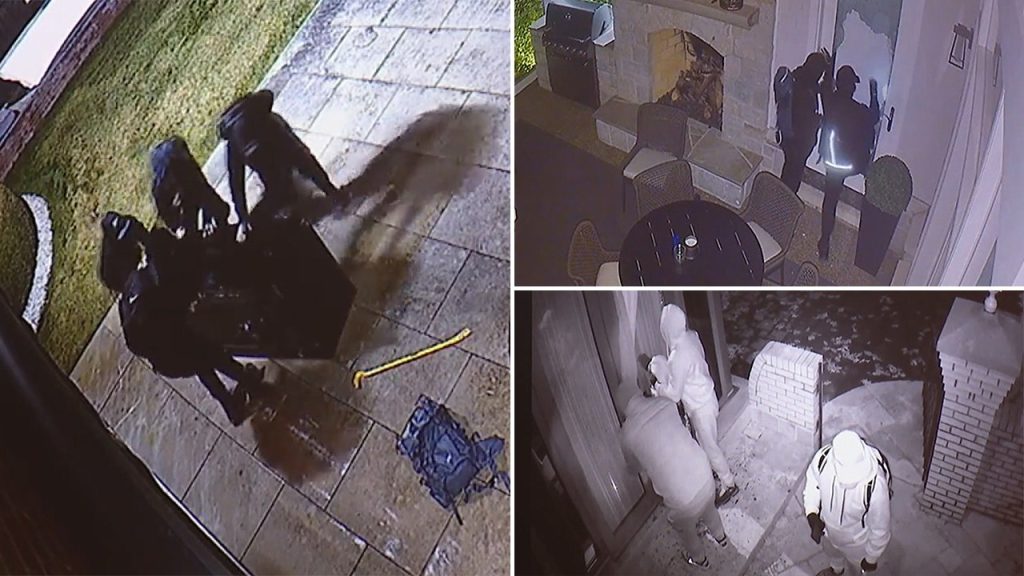A surge in high-profile home invasions across the United States, attributed to organized groups of Chilean migrants, has sparked alarm among security experts and law enforcement agencies. These sophisticated burglary rings are reportedly targeting affluent individuals, including professional athletes and CEOs, meticulously selecting their victims based on publicly available information and extensive surveillance. Recent incidents involving NFL stars Patrick Mahomes, Travis Kelce, and Joe Burrow have highlighted the brazen nature of these operations, with investigations revealing connections to broader criminal networks spanning multiple states and even reaching internationally. The escalating trend has raised concerns about the vulnerability of high-net-worth individuals and prompted calls for increased vigilance and security measures.
The modus operandi of these burglary rings demonstrates a high level of organization and planning. They leverage online resources to identify potential targets, gathering intelligence on their wealth, routines, and travel schedules. This information is then used to conduct extensive surveillance, often employing tracking devices and other sophisticated methods to monitor the target’s movements and determine the optimal time to strike. The precision and efficiency of these operations suggest a level of expertise far beyond opportunistic criminals, pointing to the involvement of experienced and well-resourced criminal organizations.
The investigation into the burglary of Joe Burrow’s home unveiled a complex network of criminal activity, leading to the seizure of stolen luxury goods, including watches, jewelry, and designer handbags, at a pawn shop in New York City’s Diamond District. Two individuals arrested in connection with the operation are accused of acting as “fences,” facilitating the resale of stolen goods and providing a crucial link between the burglary crews and the broader criminal market. This discovery underscores the interconnected nature of these criminal enterprises and the sophisticated methods they employ to dispose of stolen merchandise.
Security experts emphasize that these burglary rings are not simply opportunistic criminals, but rather highly organized groups operating with a clear strategic approach. They often target homes while residents are away, whether at work, on vacation, or, in the case of professional athletes, participating in games. This calculated approach minimizes the risk of confrontation and maximizes the potential haul of valuable goods. The use of high-tech surveillance equipment, coupled with inside information gleaned from various sources, enables these groups to bypass security systems and gain access to high-value targets with alarming ease.
The growing prevalence of these sophisticated burglary rings has prompted warnings from law enforcement agencies and security experts. Homeowners, particularly those in affluent areas, are urged to enhance their security measures, including installing robust alarm systems, utilizing surveillance cameras, and being vigilant about their surroundings. Vetting household staff and service providers is also crucial, as some of these criminal groups are believed to gain inside information through connections within the target’s home. Furthermore, individuals are encouraged to be cautious about sharing personal information online and to avoid displaying overt signs of wealth that could attract unwanted attention.
The rise of these transnational burglary rings poses a significant challenge to law enforcement agencies. The international connections and sophisticated methods employed by these groups make it difficult to track down stolen goods and bring perpetrators to justice. Collaboration between local, state, and federal law enforcement agencies, as well as international cooperation, is essential to effectively combat this growing threat. As these criminal organizations continue to evolve and adapt their tactics, ongoing vigilance and proactive security measures are paramount in protecting individuals and their property.


